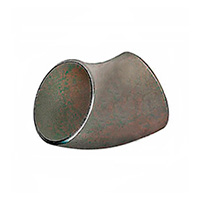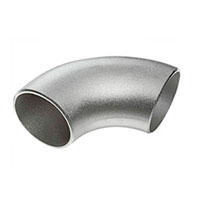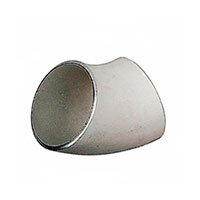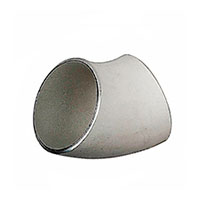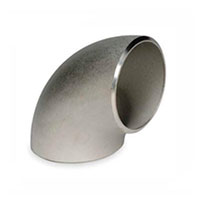Elbows
Description of Section "Elbows"
Elbows are connecting elements of a pipeline designed to change direction of the working medium flow. Depending on the pipeline direction, they are bent at angles of 30, 45, 60, 90, and 180 degrees. They are widely used in various industries, including oil, gas, chemical industries, as well as in municipal engineering networks.
Main characteristics of elbows according to GOST 17375-01
- Bend radius (3D):
- The curvature radius of the elbow's centerline is approximately R=1.5DN, where DN is the nominal pipe diameter, making elbows according to this standard longer compared to analogs under GOST 30753.
- Bend angles:
- Elbows are manufactured at angles of 30°, 45°, 60°, 90°, and 180°.
- Manufacturing materials:
- Carbon steel (e.g., Steel AISI 1020).
- Low-alloy steel (e.g., Steel ASTM A572 Grade 50).
- Stainless steel (e.g., Steel AISI 321).
- Application:
- Used for smooth changes in pipeline direction with minimal hydraulic resistance.
- Applied in systems with high requirements for sealing and connection reliability.
Main characteristics of elbows according to GOST 30753-01
- Bend radius (2D):
- The curvature radius of the elbow's centerline is approximately R=DN, where DN is the nominal pipe diameter, making them shorter in length compared to elbows under GOST 17375.
- Bend angles:
- Similar to the GOST 17375 standard, the angles are 30°, 45°, 60°, 90°, and 180°.
- Manufacturing materials:
- The same materials used for GOST 17375:
- Carbon steel.
- Low-alloy steel.
- Stainless steel.
- The same materials used for GOST 17375:
- Application:
- Used where compactness of the pipeline design is required due to a smaller bend radius.

